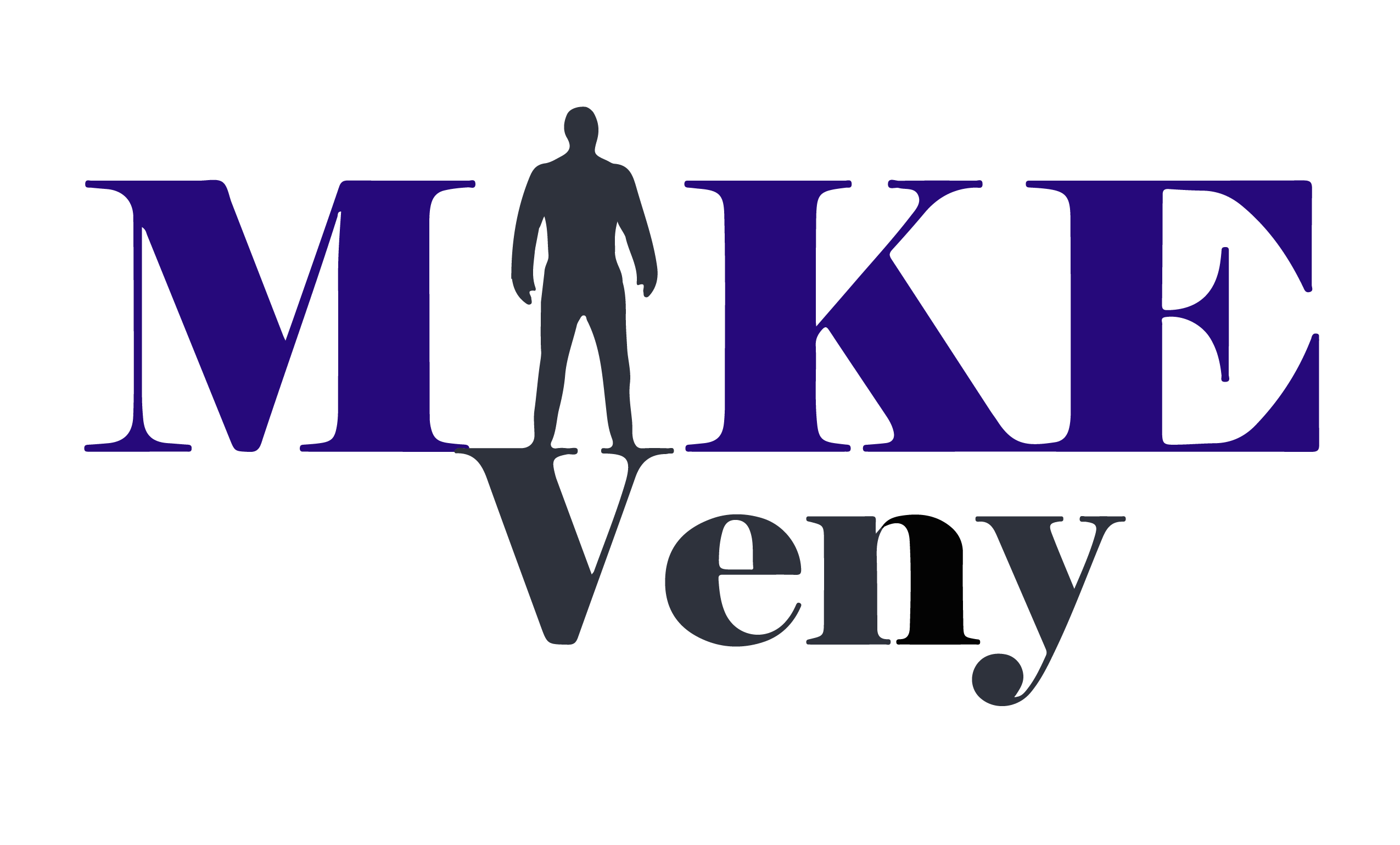
Bored faces, eye rolls, and empty seats. Is this what you see when holding diversity training within your organization? Announce that there are doughnuts in the break room and everyone shows up immediately. Send an email out about upcoming diversity training and you can hear the heavy sighs throughout the office. This is the current reality of diversity training efforts. Employees don’t care. And it’s not that they don’t care about diversity and inclusion, it’s that we’re going about it all wrong.
How to improve diversity training efforts in your organization:
I don’t want this to be one more diversity and inclusion article that just talks about a problem without providing a solution. As a black man with mental health challenges, I wish I could solve the entire problem of diversity and inclusion. I’m not even going to pretend that I can do that in one simple post. But I can provide you with some information on why employees don’t care about your diversity training programs and what you can do to change it.
Here are some of the tips that I’m going to discuss in more detail:
- Stop leaving white men out of the mix
- Make them feel it
- Leadership needs to set an example
- Start with a conversation
- Be transparent about your diversity and inclusion plans
The truth about diversity
Here’s the truth of it—in about 30 years this situation we face with diversity and inclusion is going to look completely different. According to an article in the Chicago Reporter, “By 2050, the US will be a ‘majority-minority’ country, with white non-Hispanics making up less than half of the total population.” And to be honest, even though the “majority” group is going to look a lot different than it does right now, we’re going to have the same problems if we don’t learn how to address one thing—INCLUSION.
You see, we’re so focused on the wrong thing. We love to talk about DIVERSITY. We want diverse workforces, diverse schools, diverse cities, diverse churches, and diverse locker rooms. If all we focus on is diversity, then we’re pushing out the majority. And to be honest, some people don’t care. But I believe that there are those who do. Those who mean the inclusion of everyone when they say diversity. Not inclusion of everyone except a certain group.
Why I care about diversity and inclusion
You may think that my answer would be obvious because I’m a black man. And yes, that is a reason why inclusion is important to me. But it goes even further than the color of my skin.
I have lived with mental health challenges my entire life. As a mental health speaker who travels the world, I’ve had a chance to hear the personal stories of those who struggle with their own mental health. I know how it impacts people within the workplace and the problems that the stigma creates.
While we don’t often think about those with a mental health diagnosis when we think of diversity, we should. They are a group that is discriminated against as well.
So, I want to challenge you to think of diversity differently.
Diversity Strategist and author Lenora Billings-Harris, CSP, CPAE once said in a speech, “Diversity is much more than ethnicity and gender. It is all the ways we are different. That’s what makes it exciting and that’s also what makes it challenging.”
And that’s part of the problem. We’re looking at the problem all wrong.
When I asked Lenora about the situation we’re facing in the workplace with D&I, she said, “The word diversity makes some employees nervous or angry because of its misuse in the past. Many erroneously think diversity excludes instead of includes all people. Diversity does not work without inclusion. When organizations focus their training and their institutional process on attracting diverse talent, disrupting bias and supporting inclusive behaviors, both the organization and the individuals win.”
Why employees don’t care about diversity training
It’s not necessarily that employees don’t care about diversity and inclusion. It’s that they’re sick of the training programs and emphasis being placed on it. Here are some of the reasons why:
It makes them feel excluded
For the most part, if you aren’t a “minority”, you’re excluded from diversity training. You’re given a “shame on you” message and made to feel like all efforts are made to help those who aren’t like you.
Why would anyone want to listen to a message that makes them feel like that? Not enough emphasis has been placed on the inclusion of all, including the majority. When you include EVERYONE, you have a better chance of everyone caring. When you only focus on certain groups, like a specific race, gender, or group like LGBTQ, who do you think is going to care the most? Those who are a part of that group.
This is one reason why I hate all of the groups and labeling. It creates an “us” vs. “them” mentality, which is the last thing we need in the workplace and the world.
They aren’t learning anything
Diversity training is boring and played out. They’ve heard the message before and saw that no real changes came afterward. The Harvard Business Review conducted a survey and found that 75 percent of employees who work where a diversity program is in place feel that it makes no difference.
Diversity training needs to be more than just sharing information. Don’t get me wrong, education is important, but if all you do is hit them with facts, you aren’t telling them and showing them what to do. These types of programs give the appearance that they are being put on just to cover the bases instead of actually working to make real change.
If employees don’t see that it’s important to the business and that the program leads to real changes being made, they’re going to lose interest.
It’s not important to them
I know this sounds a little rough, but there’s a lot of truth in it. This doesn’t mean that employees don’t care about other people, but people have a hard time with empathy and seeing things from someone else’s perspective. If you haven’t been discriminated against, you can’t really have a proper understanding of exactly what it feels like.
I recently read an article titled Report: White People Still Tripping that discussed what could be one reason why the “majority” isn’t interested in diversity training. According to the research this report shares, a large number of white people don’t think racism exists to the level that minorities think it does. There is even a higher percentage of whites who believe reverse racism is the bigger problem. And to some extent, I have to agree.
On some levels, I think that the white male is the most discriminated against group. There are many who see a white man and believe that he had an easier road to success even if they know nothing at all about him or his story. Isn’t that what minorities are upset about? People make judgments about us based on things like the color of our skin or our gender. Yet that’s what’s starting to happen to white men.
If you want employees to care about diversity training, you have to show them why it matters to them.
6 Tips to Help Your Employees Care
1. Stop leaving white men out of the mix
I know a white man who was one of just a few white people working in an office for a nonprofit organization where everyone else at that specific location was black. The organization was trying to make a big push for diversity and inclusion of everyone, but these white employees could tell you a different story.
The nonprofit held an annual event for employees from all locations, and each location was supposed to choose a theme for their office. This man’s office chose Wakanda (the fictional African country from the movie Black Panther) as their theme. They encouraged employees to wear their “African garb”. No one considered that this might be awkward for the white employees. No one even talked to them about it. Do you think any of the three of them went to the event? No. They didn’t feel like they were part of the group.
This is not inclusion.
We know from the Bureau of Labor Statistics that 78 percent of the workforce is white. We can’t leave white people out of our diversity and inclusion training. In fact, we should be addressing it head-on. Our D&I programs should speak specifically to this fact.
Here’s where the focus needs to go:
- Focus on connection not correction. No one wants to feel like they are being scolded or singled out. Instead of putting such a hard focus on trying to correct behavior and areas that we feel need to be changed within a workplace, the first step is to work on connecting employees together. Team building activities can be a great way to start getting people to connect and break out of the groups.
- Make inclusivity about everyone. If we want to be inclusive, we need to include the majority. We are all humans. We all have our own beliefs and ideas, and that’s okay. But if we really want to see a change in the acceptance of diversity in the workplace, we need to place a larger focus on the INCLUSION part of diversity and inclusion.
- Help break down the fear of being “racist”. I might be a black man, but I have plenty of important people in my life who are white (including my wife), and here’s something that I’ve heard. Some of them have a fear of appearing racist when interacting with other races. They are afraid to do or say something wrong to the point that they make the conversation awkward. Instead of being able to focus on the topic at hand, they’re trying to scrutinize what to say and do in order to make sure they aren’t saying or doing something that could be perceived as “racist” or “wrong”. If you want to address D&I within your workplace, address this issue first.
2. Teach empathy
It’s a lot easier to understand the importance of diversity and inclusion efforts when you know what it’s like to be discriminated against, left out, or mistreated because of something that’s out of your control. I’ll go out on a limb here and say that everyone has experienced this at some point in their life, but some are living it on a daily basis.
If you want your employees to care about D&I efforts within your organization, then you need to help them understand what it feels like for those who are discriminated against.
The Center for Creative Leadership shares the following 5 tips for building empathy within the workplace:
- Talk about empathy
- Teach listening skills
- Encourage genuine perspective-taking
- Cultivate compassion
- Support global managers
These things should be a part of your diversity initiatives.
3. Leadership needs to set the example
This is where the saying “Show, don’t tell” comes into play. It doesn’t matter how many trainings you hold if management doesn’t set the example. It’s just like teaching children. You might tell them to eat their vegetables but if you don’t eat yours, then they’re going to see that it doesn’t really matter. The same is true for diversity and inclusion.
Leadership within an organization needs to be behind all efforts made for diversity and inclusion. This means they allocate the budget to the efforts, attend and participate in the training, and engage employees in conversation around the topic. If leadership shies away from the topic or shows that it’s not important for them to spend their time on, the employees are going to follow suit.
4. Start training initiatives with a conversation
Why spend your time and company dollars putting together training that employees aren’t interested in? The buy-in is the most important aspect of your training. If you can’t get employees to buy in, then it doesn’t matter what else you do.
How do you get employees to buy in?
Before you launch a massive diversity and inclusion training program, just talk to your employees. When you start with a conversation to find out what they want to know, what their thoughts are, and what their concerns are, you make them a part of the solution. Then you can begin your efforts by addressing the areas that your specific employees have told you are important to them.
5. Be 100% transparent about your diversity and inclusion plan
D&I efforts aren’t just something that should be happening behind the scenes. You need to make your plans public. When a company communicates loud and clear what its plan and values are around diversity and inclusion, it brings the spotlight on themselves and allows others to keep them accountable to that plan.
Making your plan and stance public not only communicates to all the public what your company is striving for, it also gives your employees something to unite around as well.
6. Set goals and track your progress
It’s one thing to hire a corporate speaker to come in and talk to you about diversity and inclusion, it’s another thing to take action. Set goals around the progress that you want your company to make. Remember to make them SMART goals so you can actually track what progress is being made.
Then, share your goals with every employee within the organization. Make sure they understand how those goals impact their role within the company, what they can do to help and ask for any ideas they have.
Better yet, have your employees be involved in setting these goals. This goes back to #4. Ask them about personal experiences they’ve had or stories they’ve heard from others. Have them tell you where they see the problems within the organization. Remember, the employees who are working within the organization at each level are going to be able to see things in the day-to-day operation that upper management is missing.
D&I training isn’t a one-and-done event
It’s a nice idea to think that you could hold an hour-long training on diversity and inclusion and fix the issues within your workplace. But that’s not how it works. If you want to see real change, you have to invest real time, and real money, and make an ongoing effort.
If you’re at an organization with a team focused on diversity, make sure you’re using the tips in this article within your programming and training. I encourage you to ask your employees how they think the training is going. Ask them what they think your focus should be on. Make them feel like a part of the process and solution instead of just talking at them.
If you’re at an organization where there’s no one whose job is just to focus on D&I, then I encourage you to start a conversation. Before you start trying to throw money at the problem, find out what your employees think. Ask them what problems they see that exist. Then start addressing those things.
The media might be trying to make all of us believe that people in one group don’t care about people in another. But that’s not true. The real problem is breaking down people into separate groups in the first place. Unite your employees, ALL OF THEM, around your inclusion efforts, and you will begin to see the results you’re looking for.
If you’re looking to bring a presentation into your office to further address Diversity, Equity, and Inclusion, you can view my speaking program options here.



